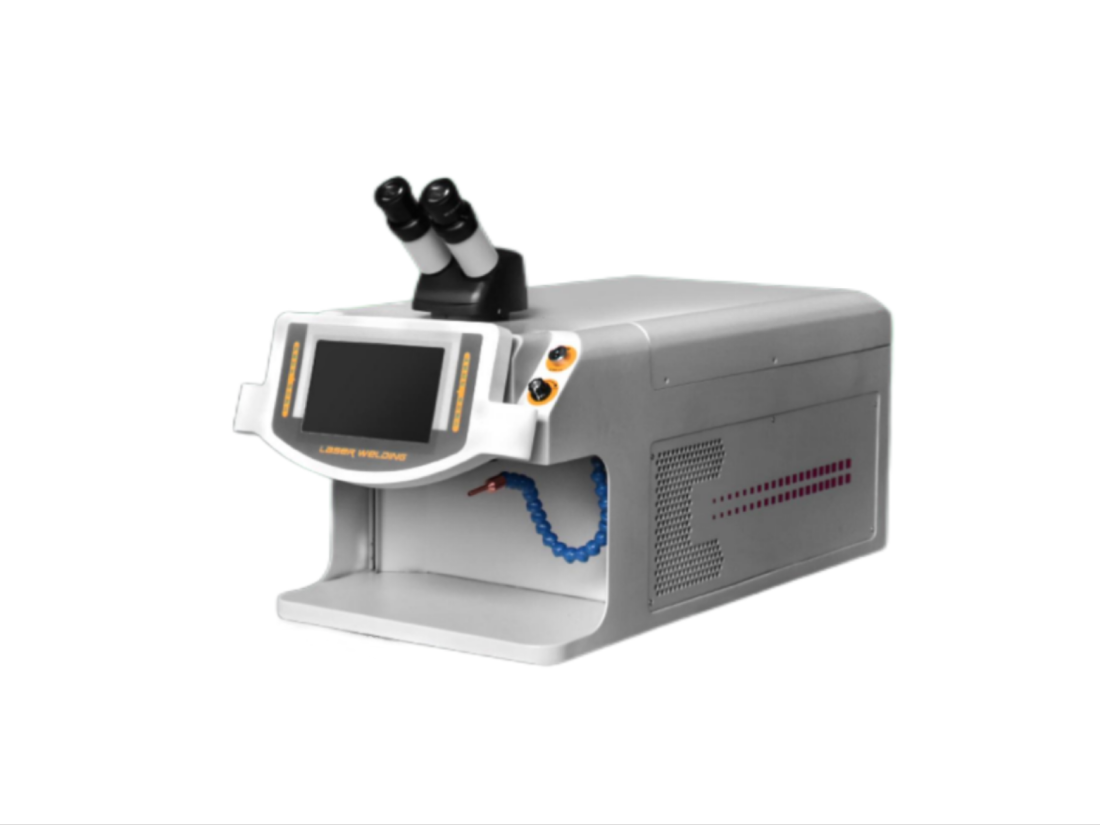- No.609, Centre Of Huijin Nanxiang, Yinxiang Road, Nanxiang Town, Jiading District, Shanghai, China
- sherry@sanmachines.com
- +86-18616767021
What are the differences between the "three horses" in the field of laser processing?
It is said that laser welding, laser cutting and laser marking together constitute the "three horses" of laser processing technology and are widely used in the industrial field.
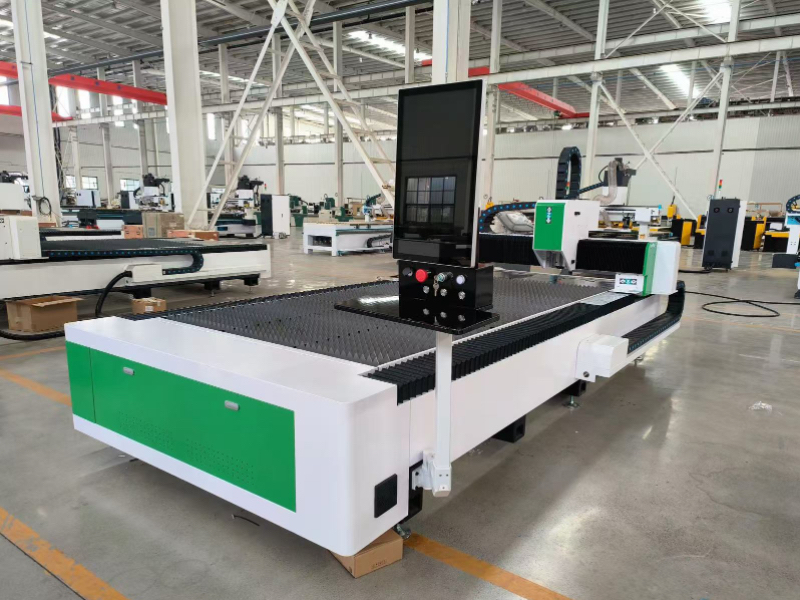
Compared with laser cutting and laser marking, laser welding has a relatively short development time and its process difficulty is greater than laser cutting and laser marking. Laser cutting and laser marking use lasers to destroy the surface structure or overall structure of the material, while laser welding uses lasers to process, melt and reconstruct the structure of the material. Compared with simple material structure destruction, material construction has higher requirements for lasers and processing technology.
The specific comparison is as follows:
1. Laser cutting: Usually processing the same material, select the appropriate laser, laser power and cutting head according to the cutting thickness and accuracy.
The workbench specifications of laser cutting are relatively few and have relatively standard characteristics.
For highly reflective materials, it is more difficult at the beginning, but once the perforation is successful, the cutting difficulty is significantly reduced.
2. Laser marking: Usually processing the same material, select the appropriate laser and galvanometer according to the accuracy and depth of marking.
Laser marking has been applied earlier and has developed more maturely. The workbench for laser marking is relatively simple, generally a galvanometer + fixed workbench, and there is also flying marking with a galvanometer + multi-dimensional motion control system, but relatively speaking, the automation system is relatively simple.
According to the precision of the marking, different lasers can be selected, which is less difficult than laser welding.
3. Laser welding: The material, thickness, thermal conductivity, combination accuracy, cleanliness of the welded material, and the strength, accuracy, and appearance requirements required by the customer require a suitable laser. For highly reflective materials, welding is more difficult, and it is also necessary to consider using a variety of different lasers for composite welding.
Compared with laser cutting and laser marking, laser welding has a lower degree of standardization and greater difficulty in automation design. First of all, there are many types of welding workpieces, various welding materials and parts, and different welding speed and strength requirements. Customized equipment needs to be designed to meet the requirements of product welding process. Secondly, in order to ensure the welding effect, sometimes a weld tracking system is required to improve the welding accuracy during welding, and a pre-welding detection and post-welding detection system are required to confirm the welding effect.
Due to the variety of materials to be welded, the high requirements for the combination accuracy and cleanliness of the welding parts, and the different requirements of customers for strength, accuracy, appearance, etc., it is necessary to select the appropriate laser and welding process (such as processing focal length, spot size, welding speed, shielding gas, etc.), which is quite difficult. At the same time, laser welding has a low degree of standardization and is difficult to automate. It is necessary to develop and design automation equipment according to welding process requirements and customer needs, which is difficult to achieve.
Related product links


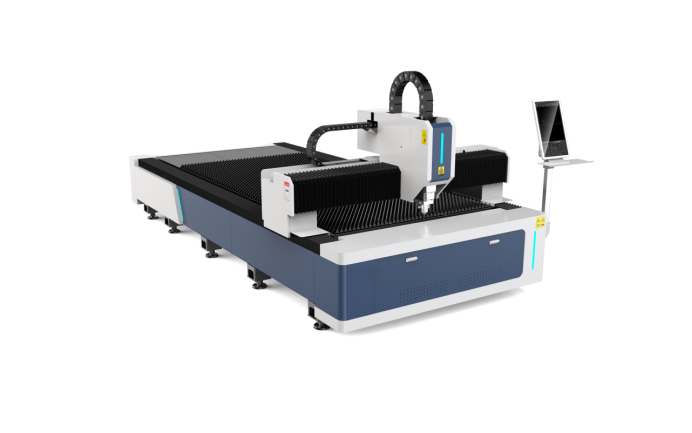
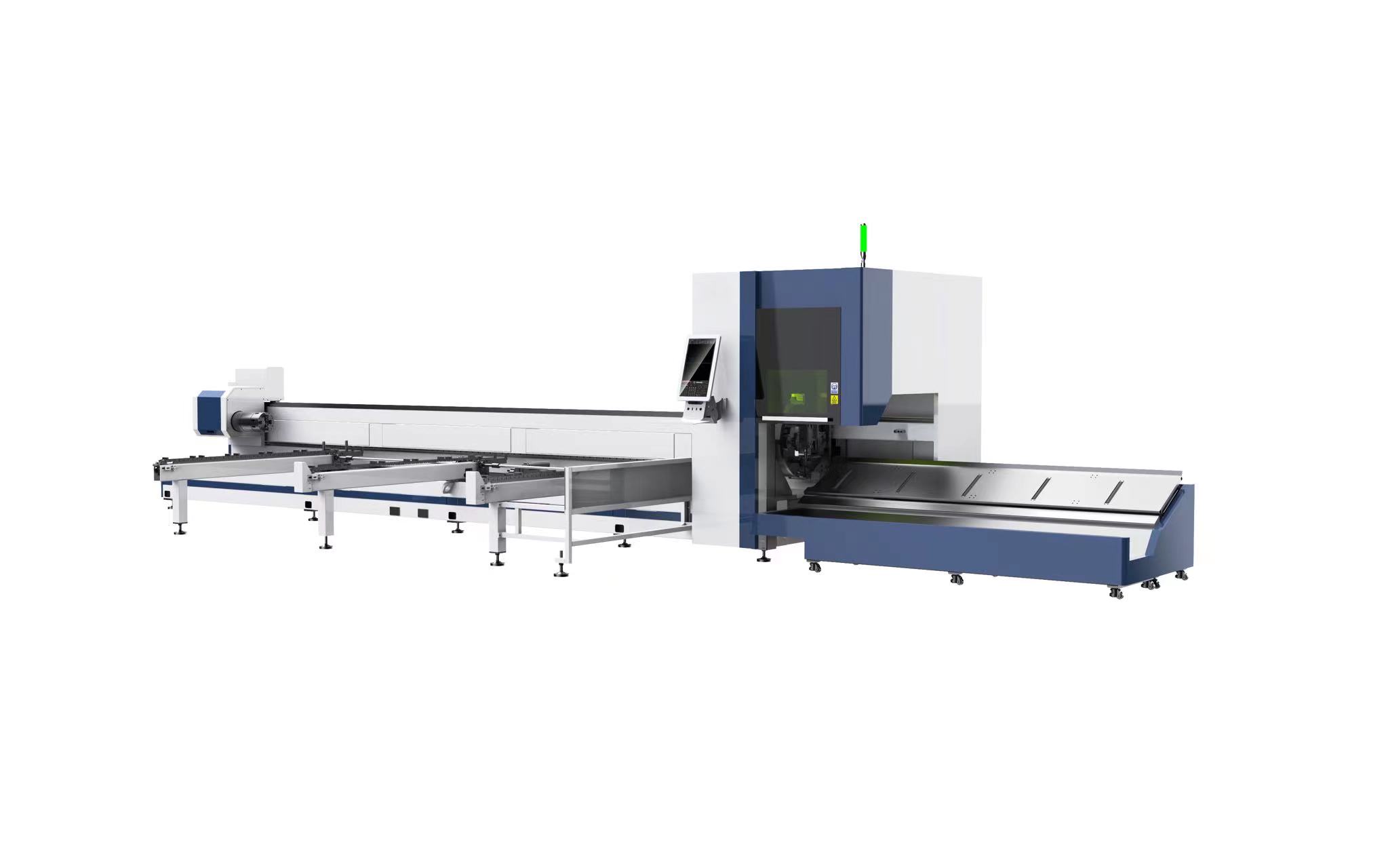
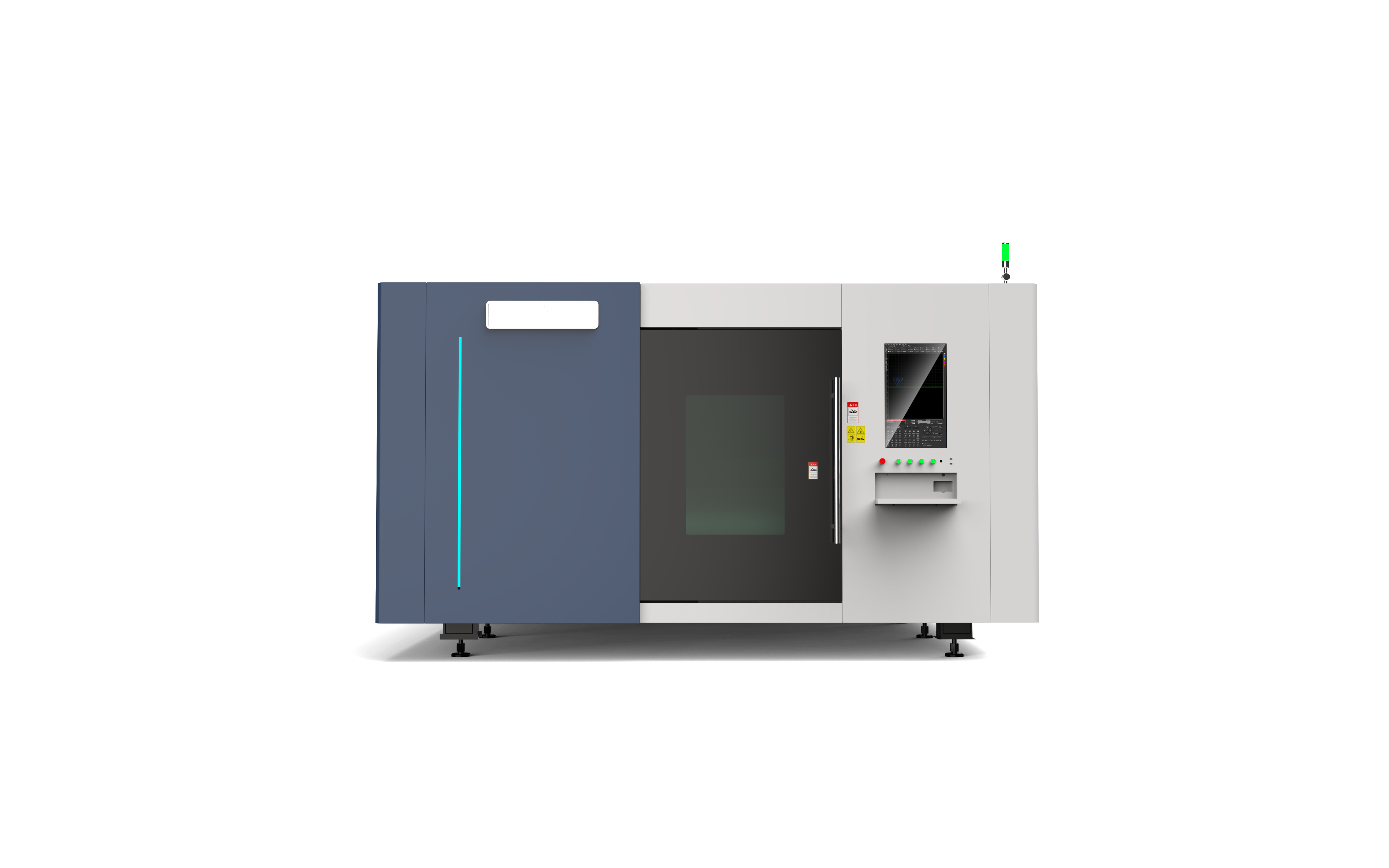
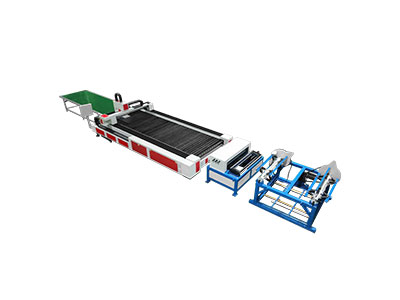
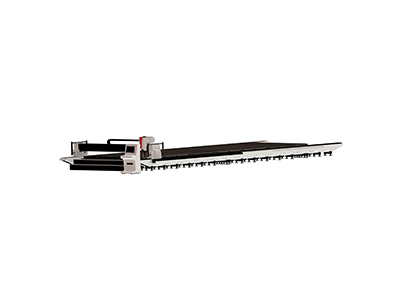
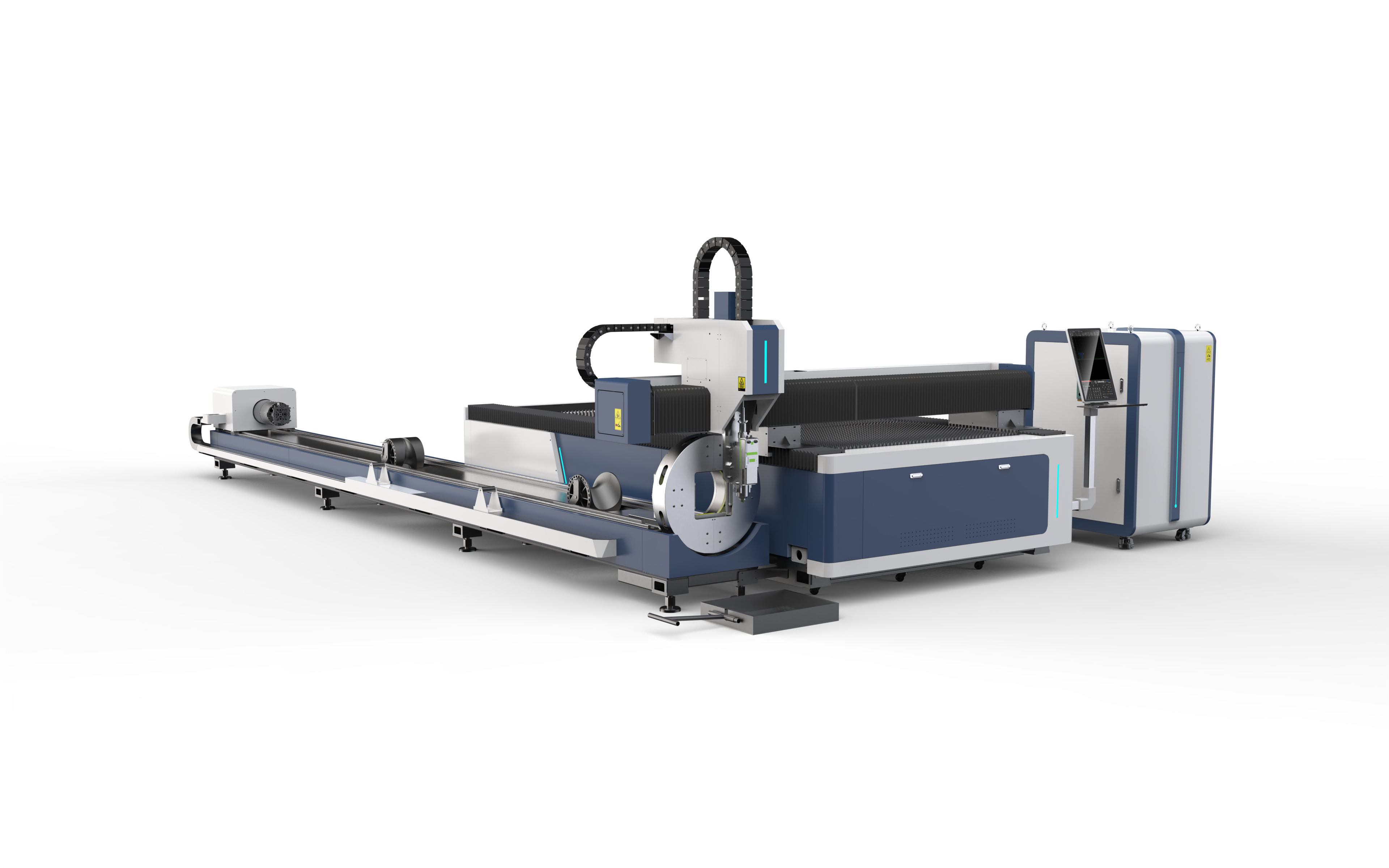
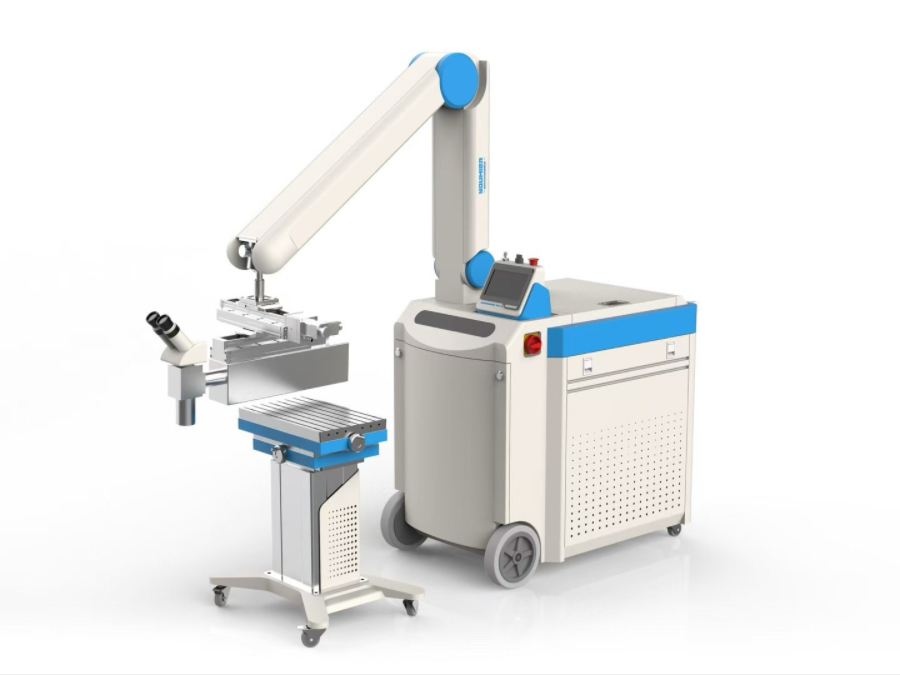
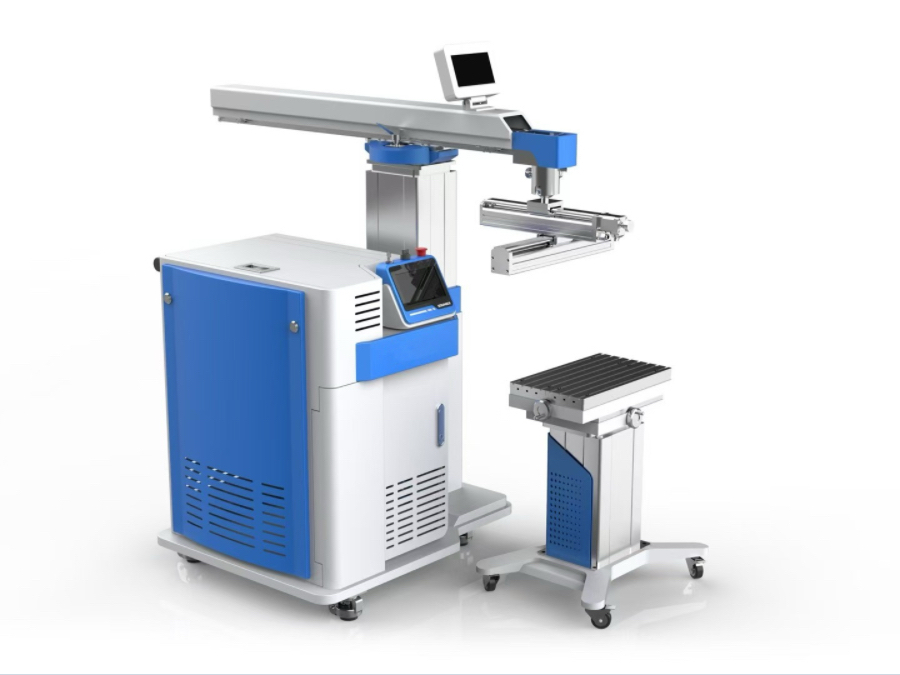
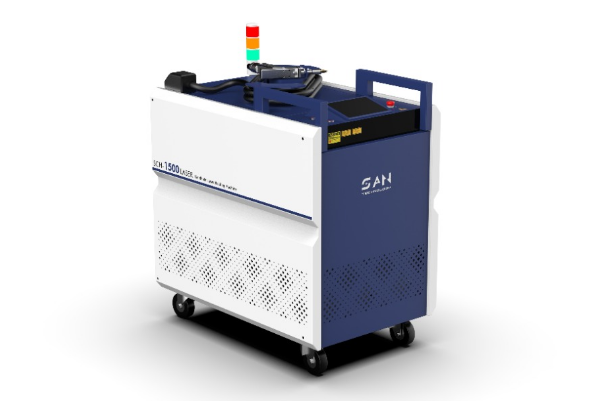
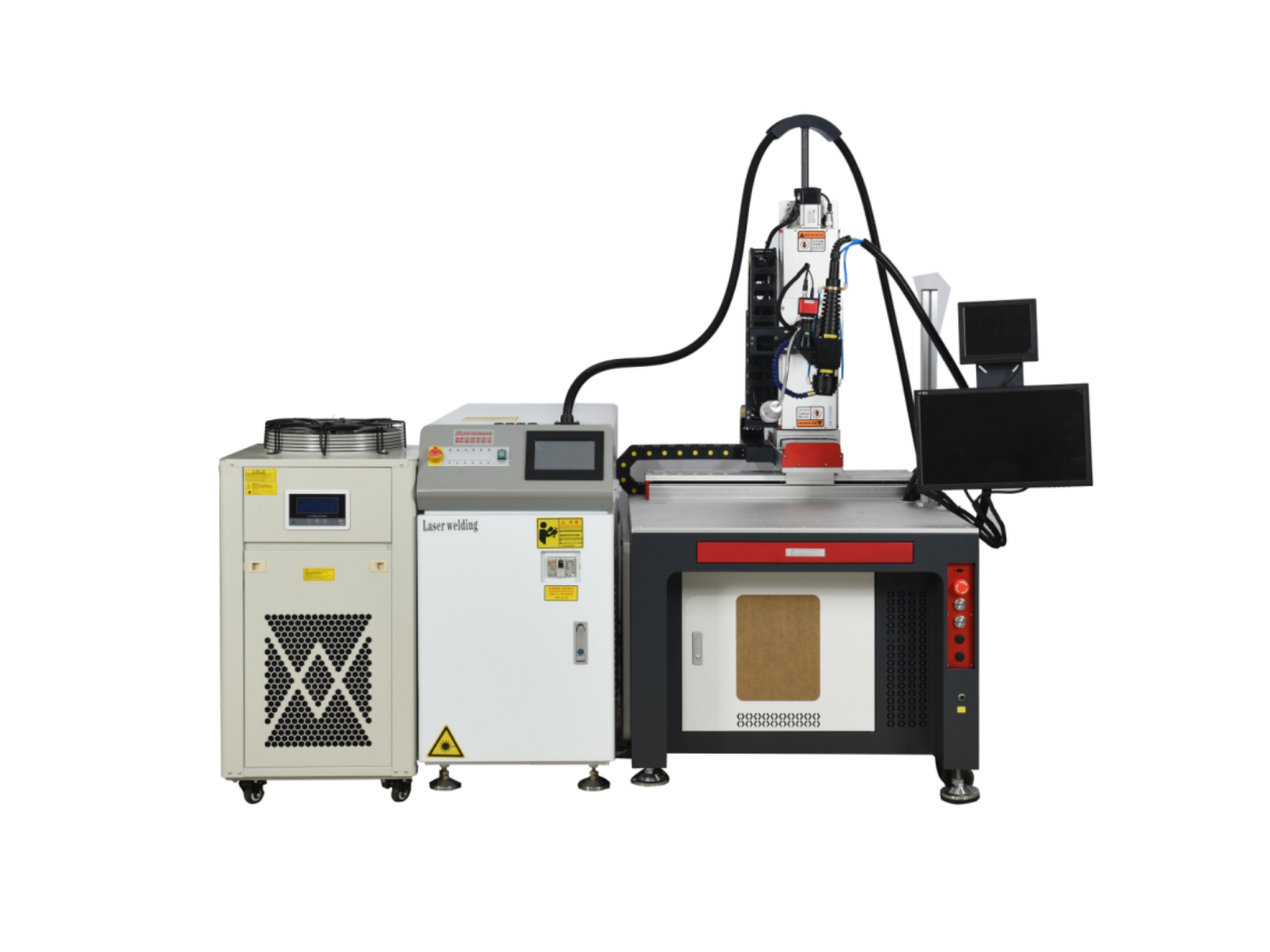
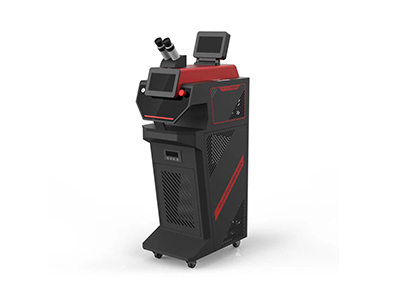
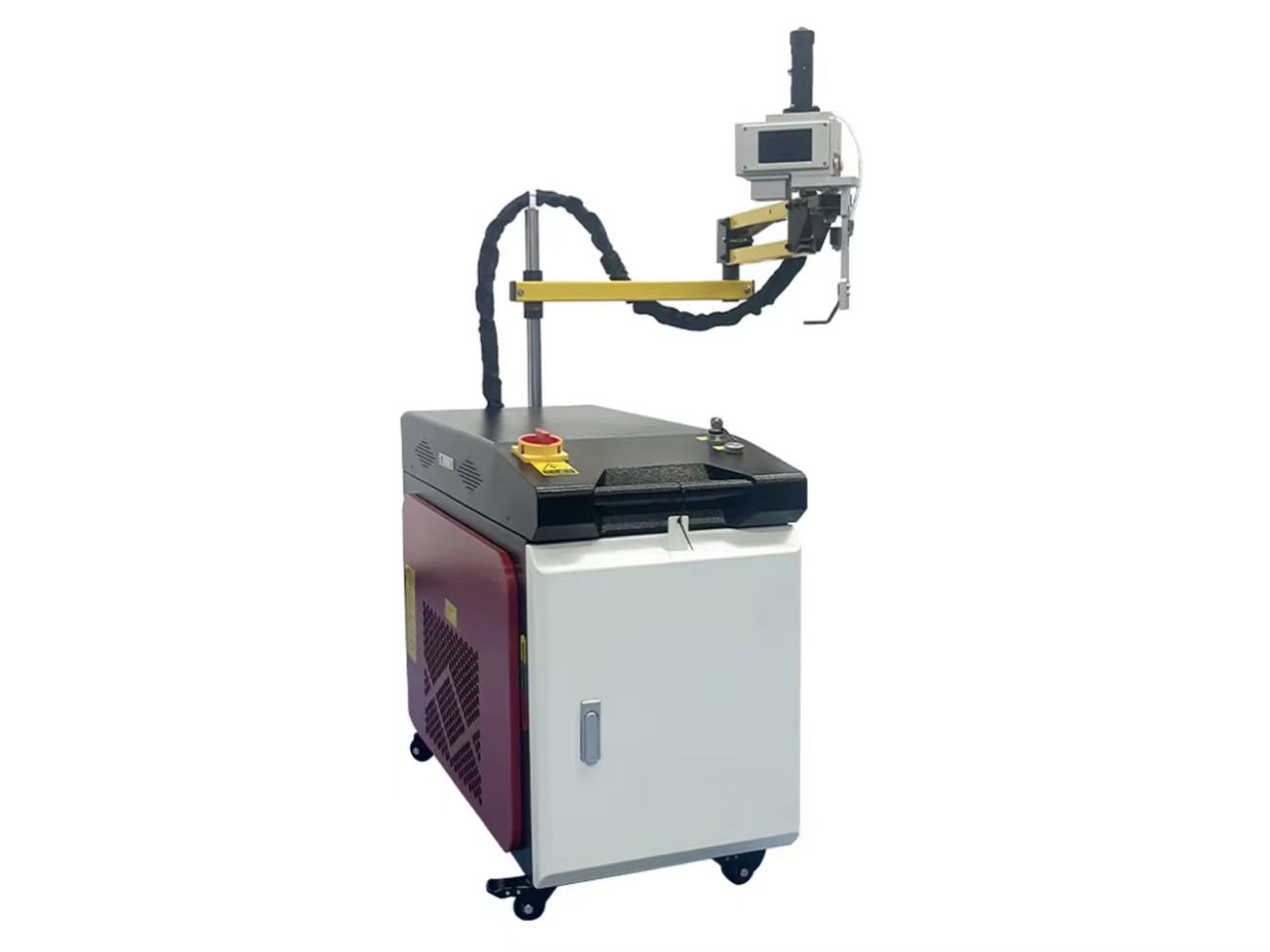
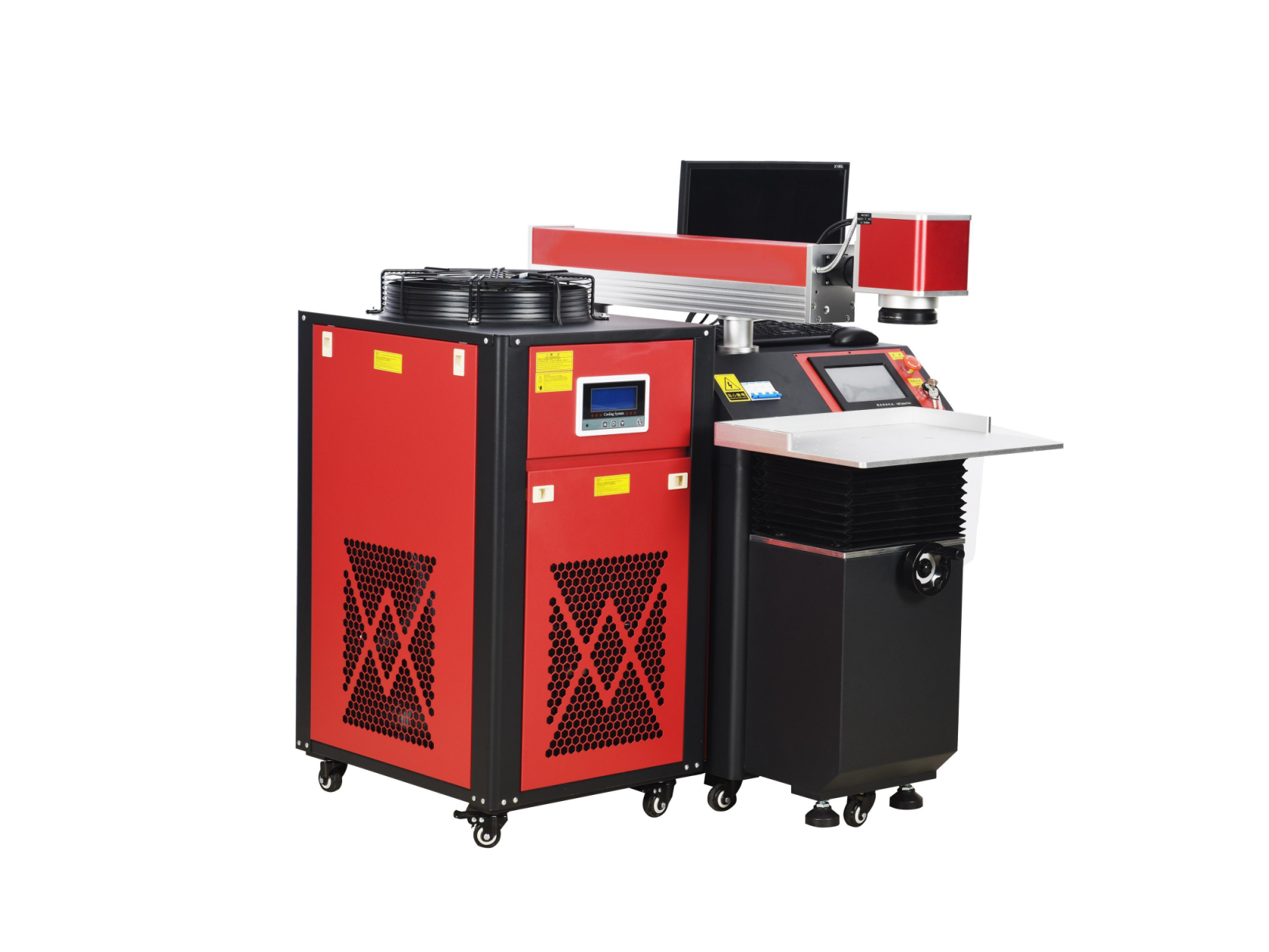
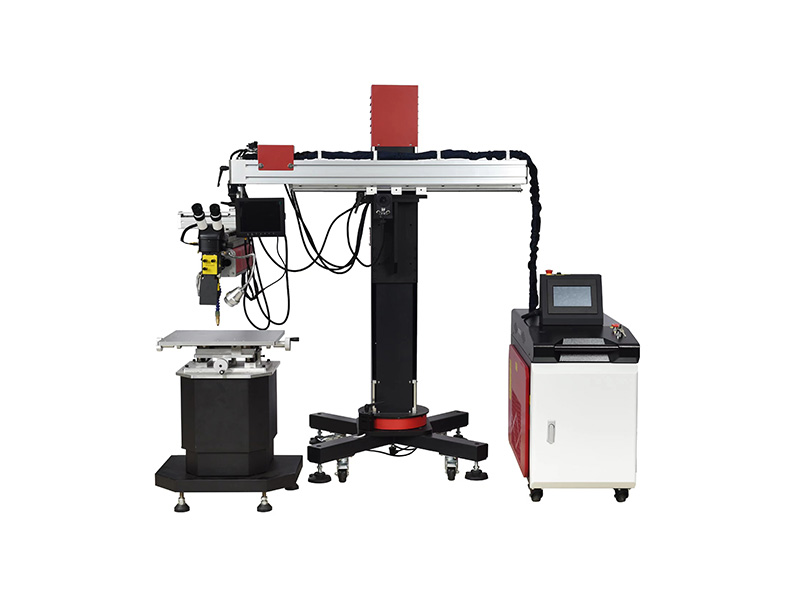
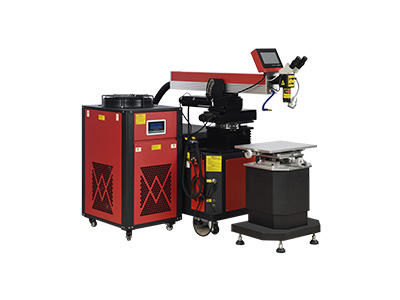
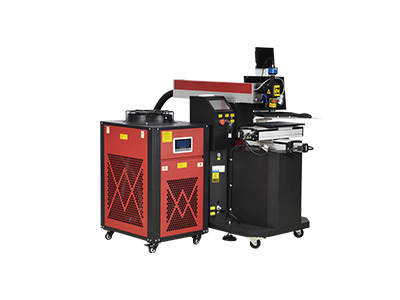
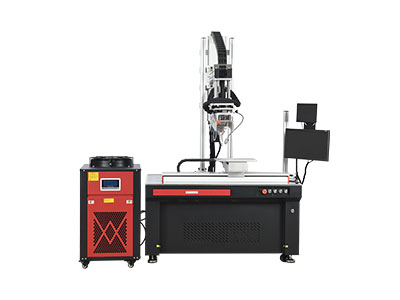
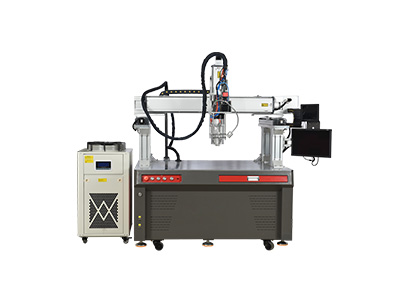
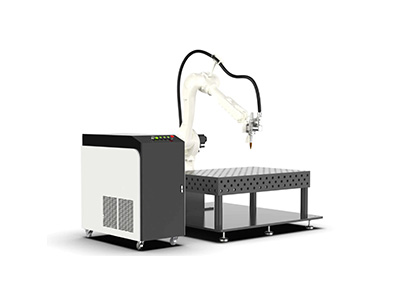
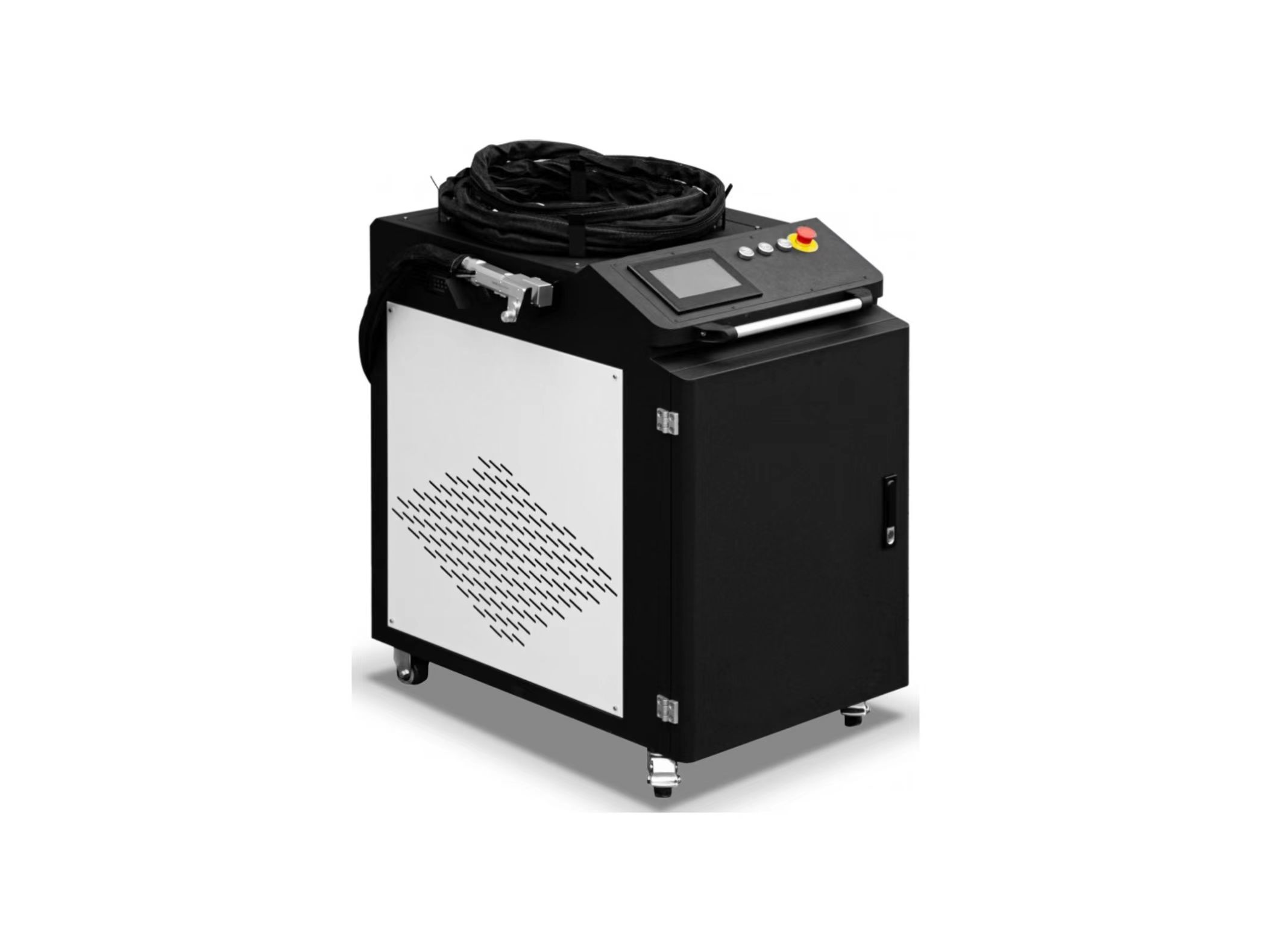
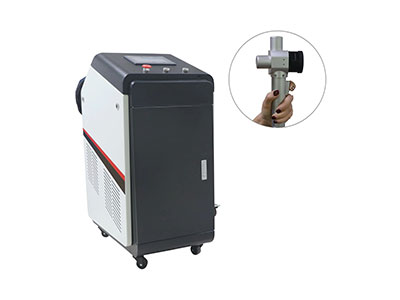
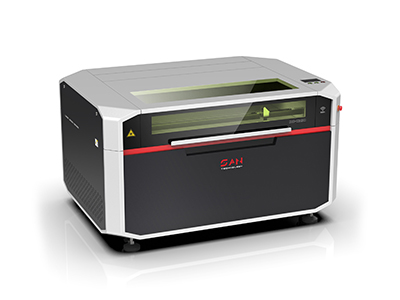
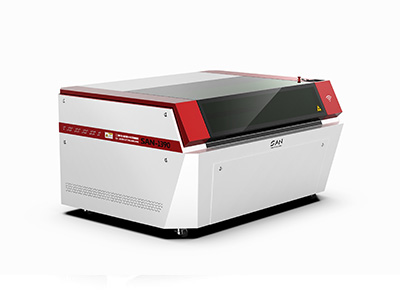
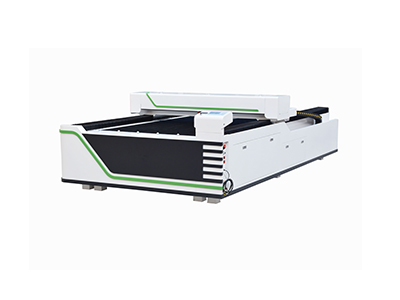
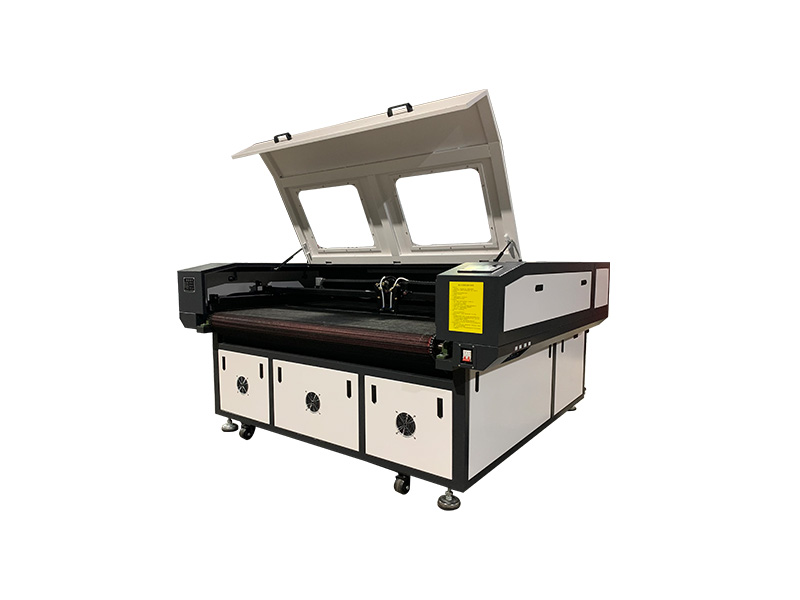
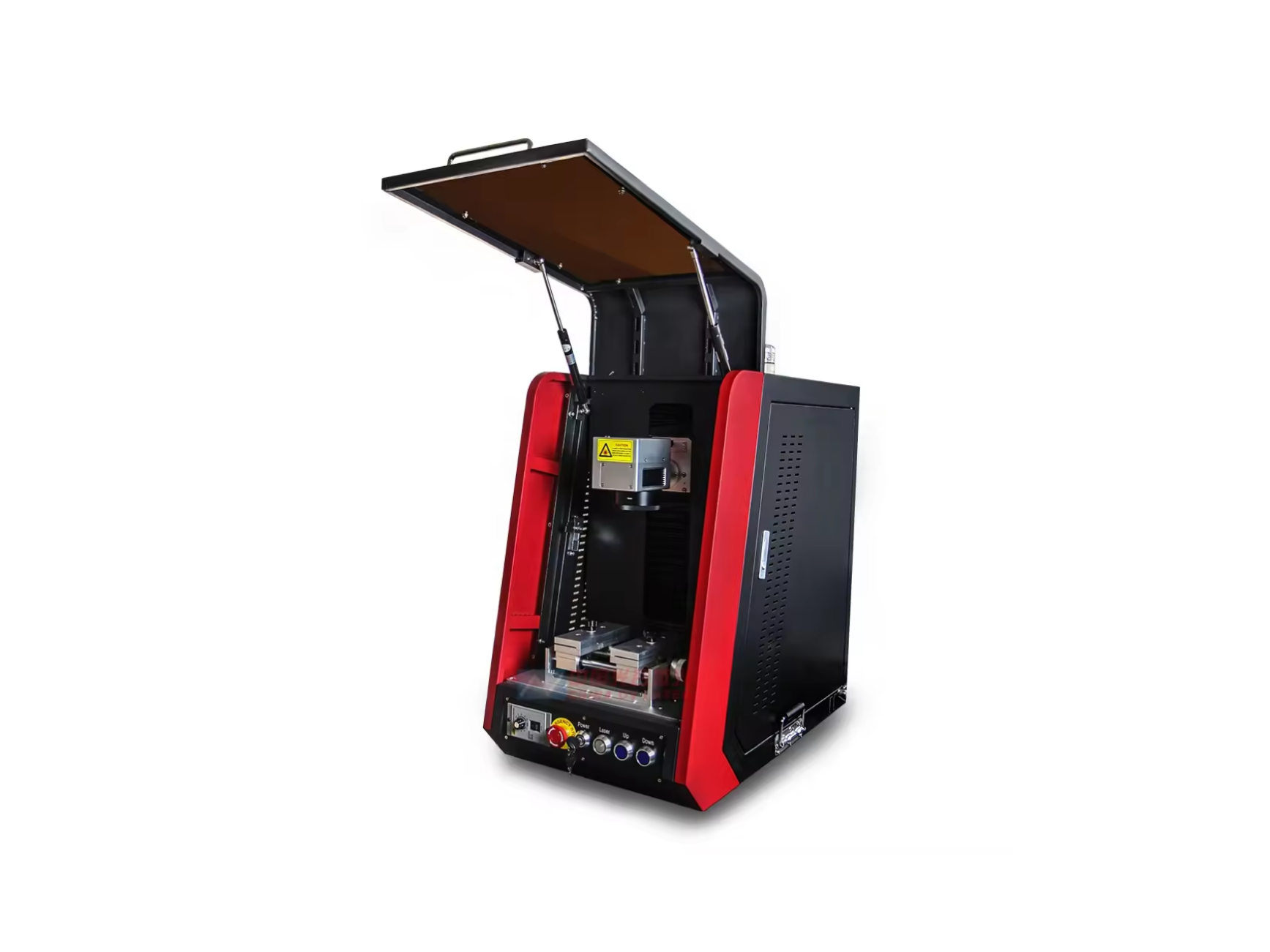
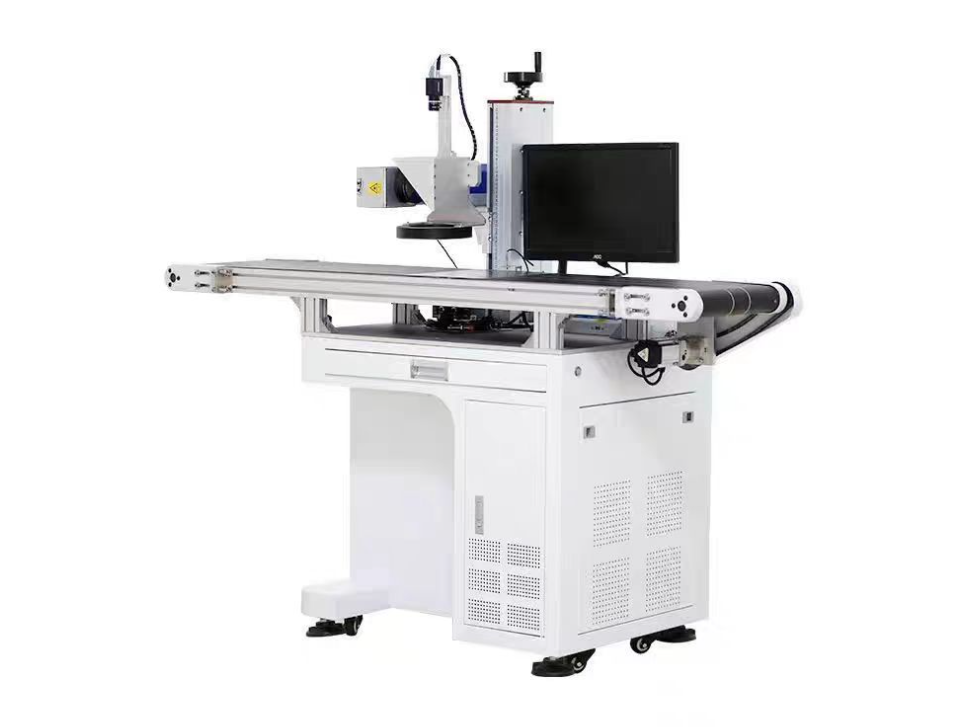
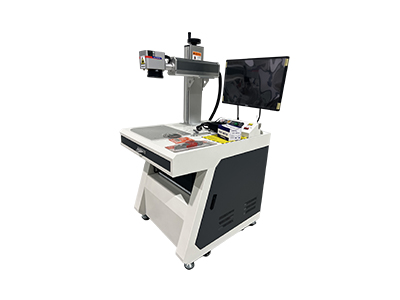
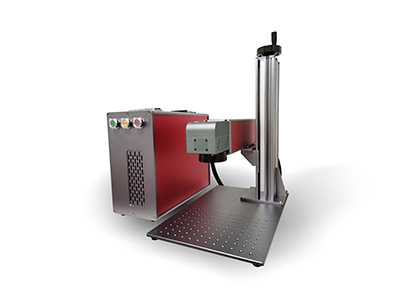
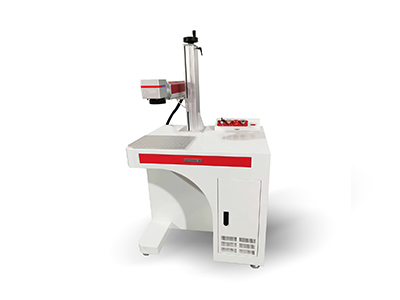
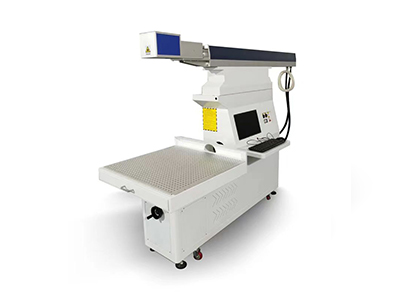
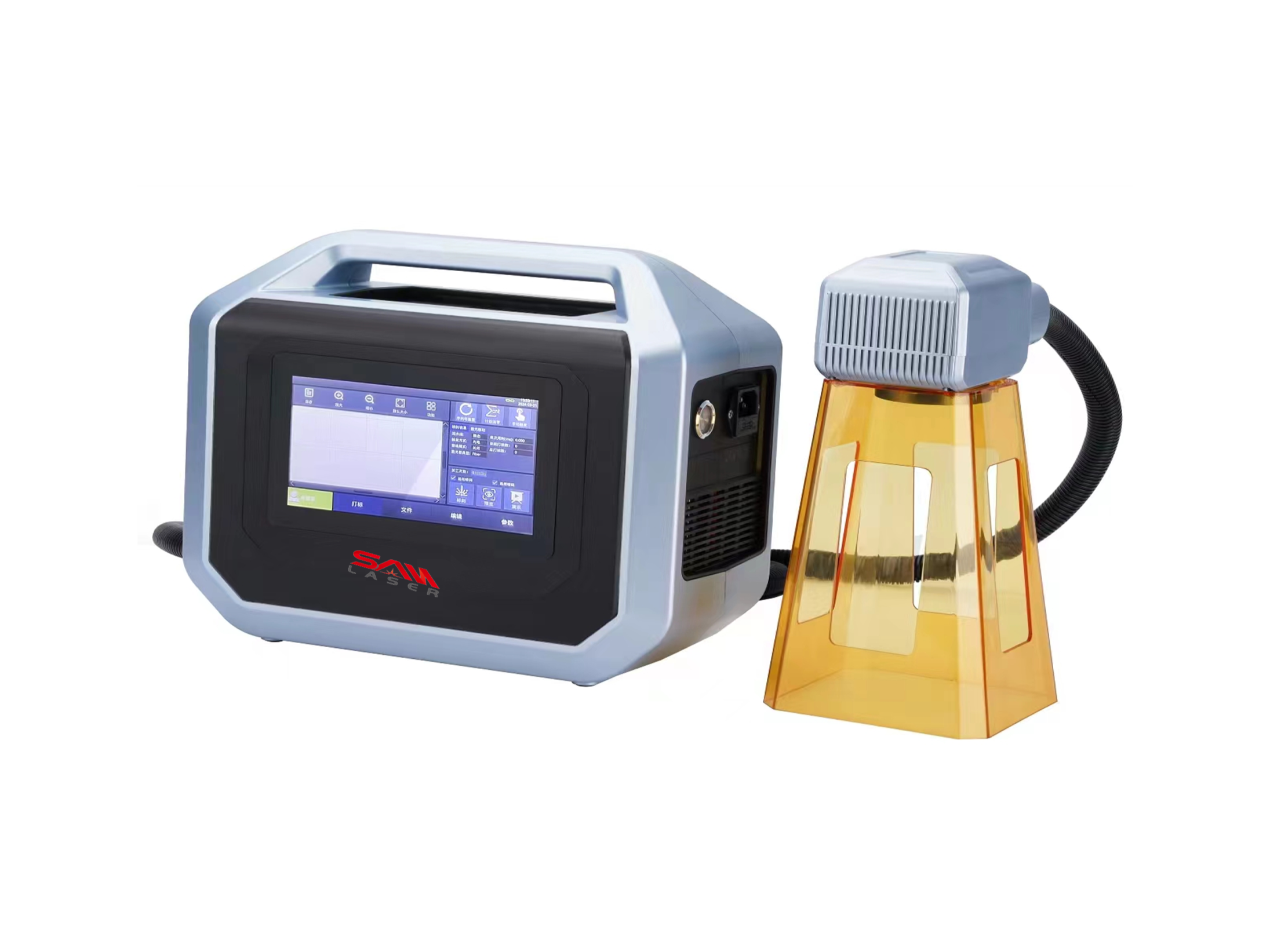
 Cutter News
Cutter News
